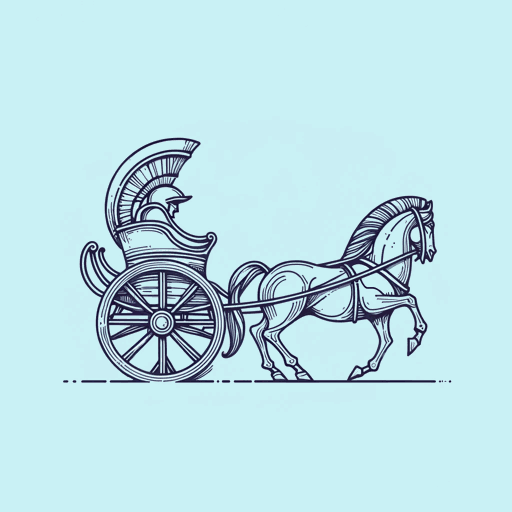57 pages • 1 hour read
Lew WallaceBen-Hur: A Tale of the Christ
Fiction | Novel | Adult | Published in 1880A modern alternative to SparkNotes and CliffsNotes, SuperSummary offers high-quality Study Guides with detailed chapter summaries and analysis of major themes, characters, and more.
Symbols & Motifs
Pleasure and Its Ultimate Emptiness
Ben-Hur is frequently tempted by opportunities to take a life of ease and pleasure and forget the hard road of taking vengeance, restoring his family and its fortunes, and aiding the Messiah. Once he has been redeemed from slavery by Arrius and made the Roman’s heir, Ben-Hur has the opportunity to simply enjoy Arrius’s estate in Italy and the fortune that has been left to him but chooses to return to the East.
Likewise, when he comes to Antioch, Ben-Hur hears of the marvelous Grove of Daphne said to be a place so wonderful that some visitors never leave. Out of curiosity, he goes to the Grove and sees that it is indeed a wondrous place filled with delight in which the worries of the world may be forgotten. He is so affected by the atmosphere of the Grove that he considers living there but pulls back and leaves with his faith intact, deciding that the residents are “of the sybarites of the world” (156).
Iras, who asks Ben-Hur to call her “Egypt,” is the personification of the theme of The “East” and Orientalism, highlighting the Western notion of the East’s extreme sensuousness and spiritual lifelessness.

